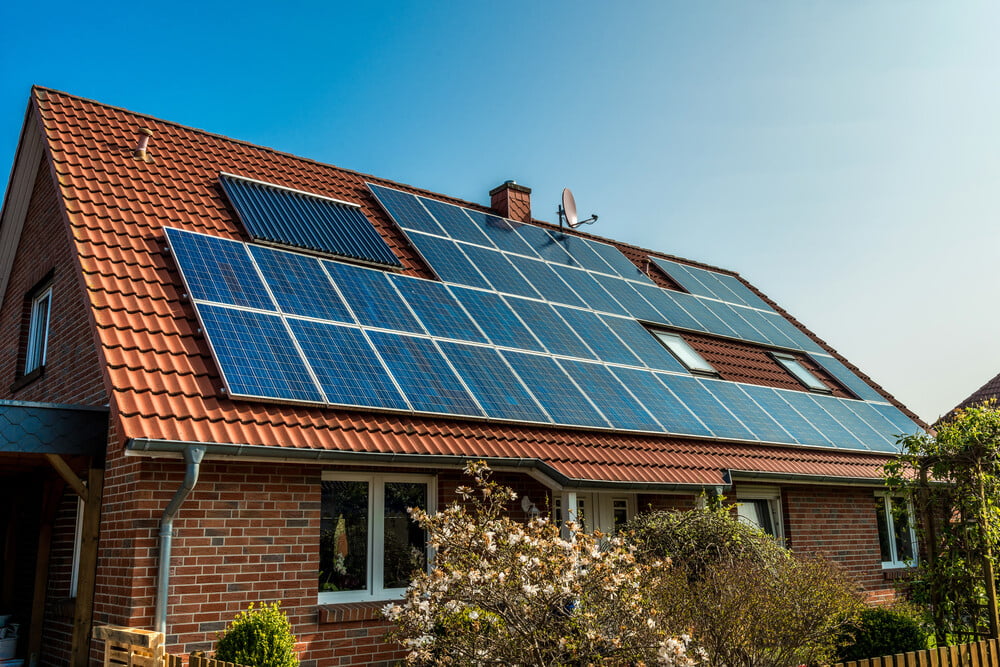
In order for a building to be energy-efficient, it must be air-sealed. It is vital for energy efficiency, occupant comfort, and durability of buildings to reduce air leakage. The framing of a building is crucial for airtightness. Joints and openings must be properly sealed to ensure proper air sealing of building enclosures. The extent to which each joint or leak contributes to air leakage is not always the same. Using some airtight tapes wraps is only recommended where there is sufficient provision for sealing.
Stack Effect Is The Starting Point
There are some leakage points that are riskier than others. A good air sealing strategy must take account of these. The stack effect is directly responsible for many of these leakage points. Due to stack effect, the process of warm air rises from the lower level and gets out through the upper-level leakage points. Through the lower-level windows or openings, it sucks air into the building.
Sealing these entry points in lower levels and exit points of upper level will make sure that the building resistant of stack point. These openings come in different sizes, that is why it is important to seal every small opening in wall or other places. Air tight wraps are especially suitable for this kind of air-sealing.
Most Convenient Locations For Air Sealing
To make your house totally air sealed house, you need proper planning and strategy to put sealings on leakage points. According to the needs of the buildings, builders use different sealing material like high grade caulk, canned foam sealing tape or a gasket tape to prevent air from flowing out where it’s need is paramount. It’s better to list down the points where you need air sealing immediately. Passive house builders in Melbourne
can help you plan and budget better as they have great knowledge about air-sealing.
Researchers have identified the leakage points on a simple single-family home's thermal envelope and analyzed them with an estimate of the total expenditure required. Among the most important air sealing locations, the following five have been identified as the most likely to reduce air leakage:
- Top plate to attic drywall: - According to research, an important source of air flow happens through gaps in attic walls. This is the most significant source of leakage, which contributes to great stack effect.
- Recessed lights to finished surface: - Although recessed lights are branded to be air-tight, a considerable amount of air passed through gaps of the light. Air tights wrapped around the light will solve the problem.
- Duct boot to finished surface: - In areas below the basement that are not maintained well, air sealing is especially important. When placed in an unconditioned area, the duct, boot, and underfloor have to be airtight.
- Band joist (top and bottom: - Band joists should be properly insulated because they can crack. Band joists are also placed above the foundation wall, which means air can enter from the low level.
- Between house and garage wall: When you build your house and garage, it is important to ensure that the spaces between them are airtight. As well as reducing the stack effect, this prevents contaminants from entering your living space.
These are some of the highlighting factors to be aware of while you're sealing a deal with any passive house builders in Melbourne.
